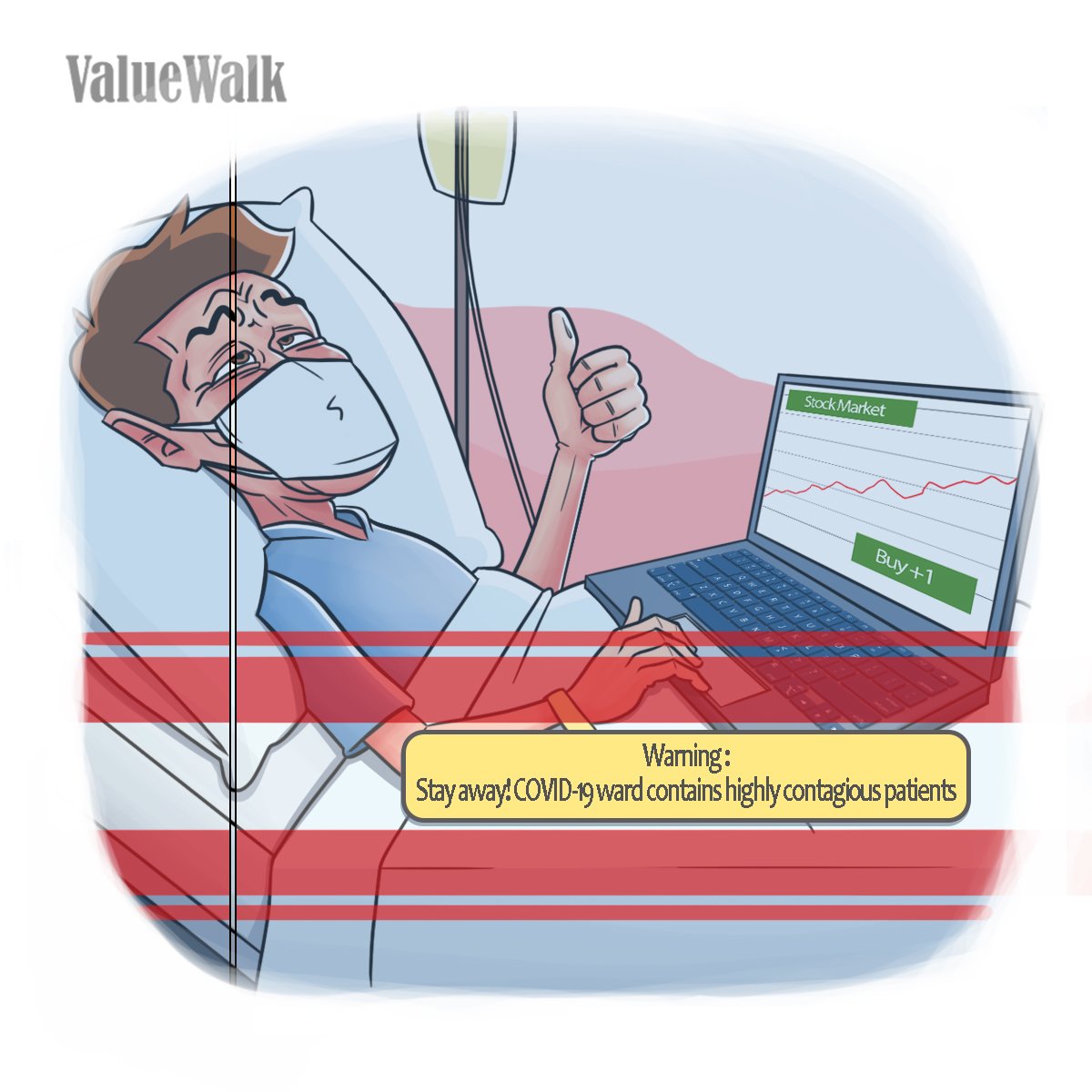Commenting on Friday’s trading in which all eyes were on a fiscal stimulus package, Gorilla Trades strategist Ken Berman said:
Despite Friday’s strong rally which erased almost all of Thursday’s crash, stocks are far from being out of the woods, and volatility will likely remain extremely high. We saw an epic short-covering rally in the last hour of trading on Wall Street as President Trump announced declared a national state of emergency and a coronavirus testing program, but in light of the extent of the preceding selloff, declaring victory would likely be a huge mistake by bulls.
The major indices surged higher by the most since 2008 on Friday, as investors tuned upbeat due to the prospect of a massive fiscal stimulus package, the bold steps by the U.S. government and global central banks, and the positive virus-related developments in China. The Dow Jones was up 1981, or 9.3%, to 23,181, the Nasdaq gained 672, or 9.3%, to 7,874, while the S&P 500 rose by 230, or 9.3%, to 2,711. Advancing issues outnumbered decliners by an almost 3-to-1 ratio on the NYSE, where volume was extremely high yet again.
Fiscal stimulus package package being negotiated?
Last week was already among the most volatile ones of the new millennia, but this week, investors had to endure even wilder swings, with Thursday’s session breaking a lot of bearish records. The World Health Organization (WHO) officially declared a global pandemic, as the COVID-19 virus caused community outbreaks across Europe and in the U.S., leading to nationwide lockdowns in several countries and to a travel ban from Europe to the U.S. The oil price war that Saudi Arabia started would likely have led to unprecedented moves even without the coronavirus panic, but in this situation, the collapse of the price of oil triggered forced liquidations on Monday, which even intensified on Thursday, despite the efforts of the largest central banks.
Economic releases clearly took the back seat for the second week in a row, and although most of the key indicators were bullish, they don’t reflect the virus-related quick deterioration of the economic outlook. The NFIB Small Business Index was well above expected, the Consumer Price Index (CPI) and the Michigan consumer sentiment number were higher-than-expected, and even the European manufacturing sector posted encouraging numbers. The trend will likely change in the coming weeks, due to the global pandemic, and the Producer Price Index (PPI) was likely the first indicator to give a glimpse of the downturn, missing expectations by a wide margin. Most of the analysts are predicting a deep, but hopefully short-lived global recession, but the uncertainty is very high both globally and regarding the domestic economy.
Is Fiscal stimulus package coming?
The technical picture is now clearly bearish according to both the short- and long-term trend indicators, despite Friday’s short squeeze, with the major indices all entering bear market territory this week. The S&P 500, the Nasdaq, and the Dow are now all well below their declining 50-day averages, and the benchmarks are also all below their 200-day moving averages. Small-caps remained relatively weak during this week’s crash, with the Russell 2000 was hitting a more than three-year low, and the index also closed the week below both its short-and long-term moving averages.
Market internals haven’t looked this bad since 2008, which underlines the extreme nature of this week’s price action, and for now, the key breadth indicators are not showing positive divergences that would point to an imminent bottom. The Advance/Decline line crashed together with the major indices, as decliners outnumbered advancing issues by a 35-to-1 ratio on the NYSE, and by a 40-to-1 ratio on the Nasdaq. The average number of new 52-week highs was close to zero on both exchanges remained, plunging to 5 on the NYSE and 3 on the Nasdaq. The number of new lows skyrocketed in the meantime, surging to 910 on the NYSE and 958 on the Nasdaq. The percentage of stocks above the 200-day moving average continued to plummet, reaching a multi-year low just above 7% and closing the week near 9%.
Shorts squeezed
Short interest skyrocketed on Wall Street, as investors scrambled to hedge their positions amid the rout, and the most-shorted issues once again performed in line with the broader market. While our previous pick, Sea Ltd. (SE) retreated together with the major indices, it it ‘only’ hit a two-month low in the face of the historic decline, which suggests that its short interest of 44% could fuel a quick recovery. Hormel Foods also held up relatively well this week, and since the stock still sports a very high days-to-cover (DTC) ratio of 15, it could be among the leaders in the coming weeks. Duke Energy (DUK) also has a high DTC ratio of 11, and while the utilites sector was hit hard amid the forced liquidations this week, should market conditions normalize, the sector could retain its safe-haven status.
While all eyes will be on the virus-related developments, it’s safe to say that the Fed will also play a huge role next week but not necessarily because of the scheduled FOMC meeting as further emergency steps are in possible. The Treasury market predicts a rate cut of 0.75%, which would put the Central Bank’s benchmark rate just above its all-time low. Other analysts point out that in the current situation, rate cuts have a very limited effect on economic activity, so the details of the Trump administration’s fiscal stimulus package will be more important for investors. As for economic indicators, the retail sales report will be out on Tuesday, building permits are scheduled for Wednesday together with the Fed’s rate decision, while the Philly Fed index will come out on Thursday. Stay tuned!












